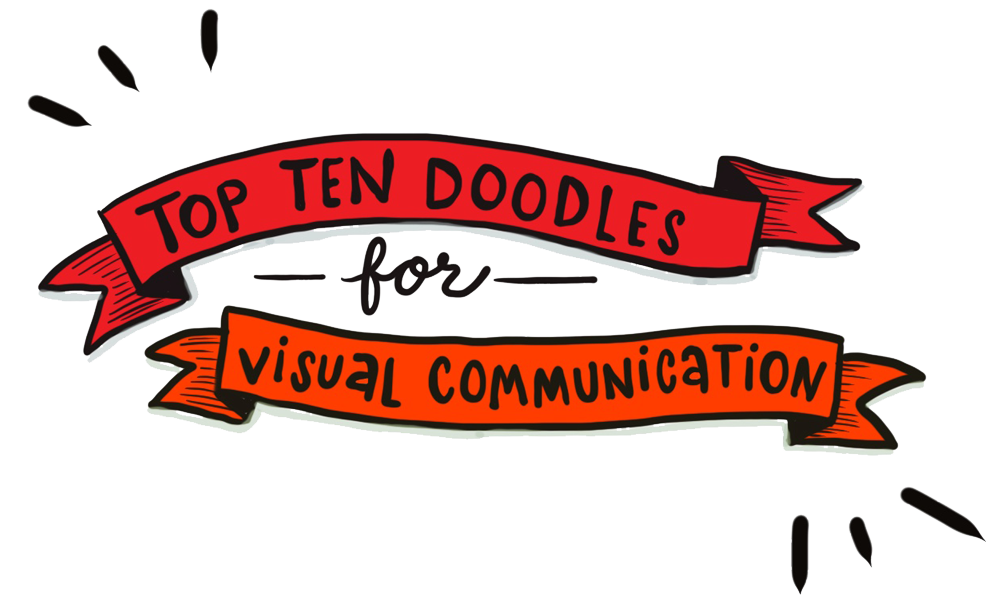….
If you’ve never worked with a designer before, the task can seem daunting. I’ll try to demystify the process.
Intro
You may have just completed a strategic planning process, and are ready to hire a designer to overhaul your entire communication system with a newly refined vision and mission. Or you may have a discrete project on hand – a website, annual report, or logo design. Either way, the time has come to find the right person or firm for the job. How to find one that’s a good fit for you?
Where to Look
1. Referrals from Colleagues You Know
If you see work you admire being done for another organization, be direct and ask who they use, and if they would recommend that person/firm. In my experience, colleagues are happy to refer consultants and vendors they know, like, and trust.
Jana Byington-Smith, Executive Director of Camp for All Kids and President of Second Gift, adds, “I also look for firms that work with clients repeatedly. I think this is an indicator of the ability to develop a good relationship – quality of relationship over the number of clients.”
2. Referrals from Colleagues You Don’t Know
There are several listservs and other groups serving the nonprofit community. One of my favorites is The Progressive Exchange, a helpful online community with over 8,000 members, whose goal is to “aid the online efforts of progressive causes, campaigns, and organizations”. If you seek help finding a web designer or developer firm, this would be a good place to post a query.
3. Online Portfolio Sites
These are sites where you can look through many different designer’s portfolios, and in some cases, post a job or project listing.
Behance is a highly visual portfolio site for all types of creatives. While you can narrow your search by various creative fields, alas, “nonprofit design” is not one of the search criteria.
AIGA, the professional association for design. You can search the Designer Directory by clicking on “Find a Designer” in the top right corner of the home page, which leads you to a listing of designers and links to their own websites. Any designer you find here is likely to uphold the group’s high standards. But be aware, some of the portfolios listed in the Jobs section could be students or recent grads, so if you prefer someone with more experience, tailor your search accordingly.
Creative Hotlist easily allows you to seek designers by location, category, and experience, or via any words you enter in the ‘search’ field.
4. Google Search
While this may sound obvious, a key word search in Google may yield positive results in finding a design firm that has expertise in your niche. Graphic design is a highly competitive field, and firms are willing to spend time & money to come up high in page rankings that are highly relevant to your search terms. Try making your search terms as specific as possible, avoiding generic search terms like “logo design”. We had one prospect find us recently by searching “New York web designer local food”. She found us because one of things we’re passionate about is working with clients who promote good and local food, nutrition, and healthy food systems – and Google found us.
5. Post an RFP
This is one of the standard ways that clients look for business partners. You post a Request for Proposal on your own site, or one like the RFP Database, and sit back waiting for the proposals to come flooding in. If I sound cynical, that’s because I think the RFP process is outdated and should be done away with. Why? From the designer’s point of view, most RFPs are not written thoroughly enough for the designer to be able to adequately respond.
Plus, wouldn’t it be better to garner responses from firms you have a relationship with already, or, if you don’t have any designer relationships, than referrals from people in your field that you trust and admire? If you’re still in the dark, look for proposals from firms that make an effort to establish personal contact and get to know you better, and your group’s unique needs. This could be a simple phone call or request to meet in person.
Your designer should be your strategic partner, working in collaboration with you to get to know your personality, goals, and challenges. If the project scope allows, they should be talking to your board, interviewing donors, and observing your communication processes. Let them make recommendations as how best meet your goals and overcome challenges. Designers learn more during the discovery process than could ever be encapsulated in an RFP, no matter how detailed.
If you insist on persisting, then it helps to write a good RFP. I recommend Nancy Schwartz’s article, 8 Ways to Craft a Communications RFP Process that Works.
Where Not to Look
A brief note about a) the crowdsourcing trend, and 2) its evil stepsister, design contests. Don’t go there, and don’t do it! A lot has been written about this, so I don’t want to dwell in too much detail (or, perhaps I will in a future post). In brief, both of these concepts ask designers to work for free (“on spec”) by submitting designs that may not get chosen, and only getting paid for those that do, which is why crowdsourcing and contests are considered by many to be exploitative. This undermines the design profession and the value we bring to our relationship with our clients, while diminishing the quality of work you receive. Learn more here and at the NoSpec! site.
Once you’ve found some likely candidates, how do you narrow down the choices? In my next few posts I’ll cover what to look for in a designer/design firm, what to ask at the interview, and what to expect from your relationship once you’ve made a decision.
